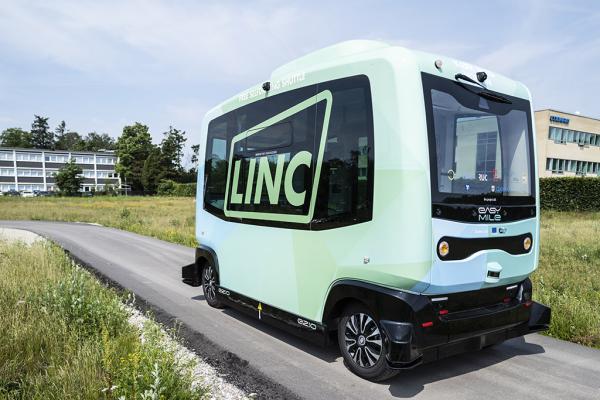
Shaping inclusive and liveable cities through smart mobility
For decades, cities all over the world have treated mobility as simply moving from A to B, prioritising car traffic and seeking to achieve as much travel time savings as possible. This led to inefficient use of space, increased motorised traffic among inhabitants and visitors, and other urban challenges, including environmental issues. Congested streets, pollution, stress, social exclusion, and limited access to green and pleasant public spaces reduce the quality of life for residents and visitors alike. At the same time, cities are experimenting with new approaches, utilising urban mobility as a catalyst to create healthier, more inclusive, and attractive places to live and visit. This is achieved by treating mobility as an integral part of the urban system, in conjunction with other topics and involving all user groups within the city. The European Urban Initiative (EUI) and Urban Innovative Actions (UIA) projects showcase how integrated and inclusive approaches can transform mobility into a true driver for quality of life.
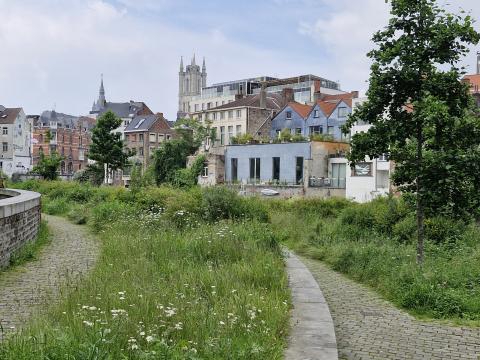
REWILD_CityofGhent
Transforming public space for cooler cities in Ghent and Bologna
Within the REWILD project, the City of Ghent tests solutions in three neighbourhoods to compensate for urbanisation and reduce soil sealing on both public and privately owned land. This is achieved, among other things, by addressing one of the most sensitive urban discussions: the balance between car parking and green space. Street parking occupies valuable space that could otherwise be used for green areas, playgrounds, and safe walking and cycling routes. This is not only a technical issue but also a social one. On its quest to reduce barriers for greening the city, REWILD explores how to reduce reliance on street parking to prevent frustration, wrong parking and polarisation between neighbours.
Potential solutions include promoting shared mobility, employing efficient spatial solutions such as car parking lifts, and collaborating with businesses to double-utilise private parking lots for various users and functions on different days and times. For example, this could involve using office parking spaces for residents and visitors in the evenings and on weekends.
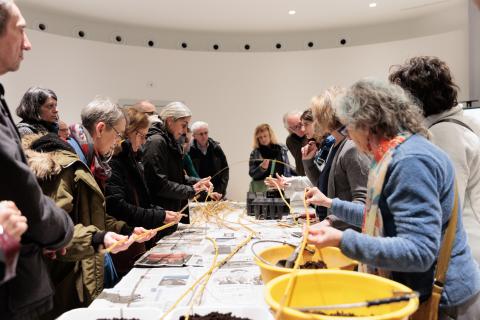
TALEA-City of Bologna
The City of Bologna has introduced the ‘TALEA Green Cells (TGC)’. Several interconnected areas of 100 by 100 meters each will be transformed by replacing heat-storing materials with nature-based solutions, creating climate shelters across the city. Soft mobility is also part of the transformation, with pedestrian and cycling routes connecting these areas For example, one of the central places in the city, Piazza dei Martiri, will be equipped with two such climate shelters that connect the train station to parks and cultural areas through a green corridor, facilitating swift intermodality, while also providing resting and hydration spots for vulnerable groups.
These approaches demonstrate how climate adaptation and mobility can be addressed together, cooling down the city and promoting active mobility in areas previously dominated by cars.
Accessible mobility for all in Hamburg
Mobility is a key factor in personal autonomy and social inclusion; yet, for many people with impairments, public transportation remains fragmented and inaccessible. The CUSTOM project that will start soon in Hamburg aims to address this by implementing a comprehensive accessibility app that enables individuals with visual, hearing, cognitive, and physical impairments to use all public transport modes in the city seamlessly. This is achieved by implementing the two-senses principle, where information is always available in at least two formats, such as visual and audio. The project involves co-creation with user groups who have impairments to ensure that the app remains user-centric. Unlike other solutions, it is built on existing systems, making it compatible and easy to integrate with other regions and modes of transport, ensuring its scalability and transferability. By addressing this shortcoming of the public transportation system, the quality of life for the target group will be significantly increased. When all residents and visitors can navigate independently, regardless of their abilities, social cohesion is strengthened, exclusion is reduced, and public transport use increases. By following Hamburg’s Sustainable Urban Mobility Plan (SUMP) principles, this approach also promotes sustainable, low-carbon transportation and public transport use, contributing to environmental sustainability.
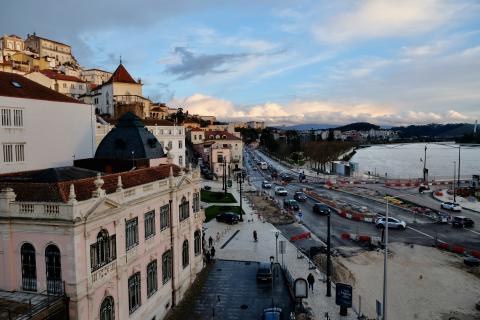
Coimbra-LLM
Soft mobility for sustainable tourism in Coimbra and Ravenna
Tourism is both an opportunity and a challenge for cities. While it brings cultural exchange and economic vitality, it also leads to overcrowding. Like many UNESCO World Heritage sites, the city of Coimbra struggles with tourist activity mainly focused on the historic centre. The Coimbra LLM project focuses, among other things, on distributing tourism by connecting the historic centre with new walking and cycling routes to the downtown, and natural and cultural attractions. Thus, the city stimulates active mobility not only for tourists but also for locals, using it to reduce congestion, pollution and preserve its historic heritage.
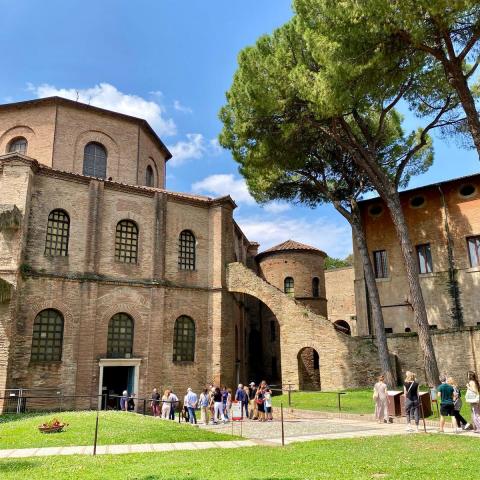
FOOTPRINTS_Ravenna, Italy
The municipality of Ravenna has a different approach with the FOOTPRINTS project, which introduces an integrated ‘temporary citizen’ experience, where visitors are encouraged to move around the city as locals do on foot, by bike or using public transport. This is achieved by redesigning walking and cycling routes, expanding the electric bus network, and integrating ‘welcome hubs’ at entry points. Visitors are guided towards these options using behavioural tactics and gamification, offering them fun challenges rewarded with local products and experiences. The developed online platform integrates games, discounts, and a mobility route planner. The result is a city where soft mobility becomes the default for visitors, easing congestion, improving air quality and creating a more authentic and enjoyable tourist experience.
Lessons from EU cities
The projects in Ghent, Bologna, Hamburg, Coimbra, and Ravenna highlight the pathways between urban mobility and quality of life, whether it is cooling a city through green corridors, making public transport inclusive for all, or ensuring tourists explore the city with sustainable soft mobility.
For urban professionals, the lesson is clear: mobility cannot be treated in isolation and must be integrated with other urban issues, such as climate adaptation, social inclusion, tourism, and cultural heritage. EUI (and UIA in the past) provide valuable testing grounds for innovative solutions that can be scaled up globally. The next step for cities is to follow emerging trends and continue experimenting with bold, people-centred approaches. Mobility, when done right, can be one of the most powerful drivers for building cities that are not only sustainable but also liveable, inclusive, and inspiring.
